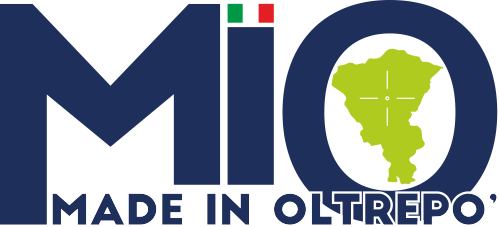Today, the cheeses of the Oltrepò Pavese are the protagonists of traditional chopping boards and recipes. The mountain territory shows off its best cards
People often talk about cured meats, but less about cheeses. However, the Oltrepò Pavese boasts one of the most flourishing cheese-making traditions in the entire region. Products that lend themselves well to being paired with the area‘s fine wines and that differ in terms of maturation, types of milk and production areas with the most varied microclimates. Cheese, of immediate and inexpensive production, was the favourite packed meal of the workers and traders who travelled the Via del Sale. Accompanied by bread and a flask of wine, it was the perfect sustenance for long journeys and days in the countryside.
Today, the cheeses of the Oltrepò Pavese are the protagonists of traditional chopping boards and recipes. One of the best cheeses from the mountain area is Molana, made with whole cow‘s milk from the Varzese breed of cows. It is at its best when matured for a short time, up to 40 days, but it is the territory that is the added value of this cheese. Brallo is the capital of the Alto Oltrepò and the climatic conditions of this area are unique, thanks to the influence of the mountains and the air coming in from the sea. this combination contributes to the creation of Molana, which is excellent on its own, but also ideal for whipping up risottos.
Staying at high altitudes, along this cheese-making itinerary, it is possible to come across the Formaggio d‘Alpe which, as the name suggests, is produced in the alpine pastures, or at least in the few remaining realities in the area, encapsulating all the mountain characteristics. The 8 or 12 kg wheels are made directly in the mountain pastures; the result is a delicate yet intense flavour.
Descending along the Staffora Valley and stopping at Menconico you can find an excellence that is very often forgotten, even deliberately. The reason lies in its particular composition; Nisso di Menconico is a very intense cheese, subjected to a maturing process that varies from 12 to 24 months, at the beginning of which micro-organisms are added to make the flavour more piquant. It is not a flavour for everyone, but connoisseurs cannot miss this piece in the mosaic. Descending further in the direction of Godiasco, a stop at Pizzocorno, a village where the cheese of the same name is produced, is recommended. In the midst of the nature of the place made up of woods and fields, a delicate product is born, excellent to pair with the mushrooms and truffles that abound here. The descent becomes sweeter with a good goat‘s cheese from the Schizzola valley and a Stafforella from Rivanazzano, but if you need that extra kick, you can always accompany it with mostarda di Voghera.























